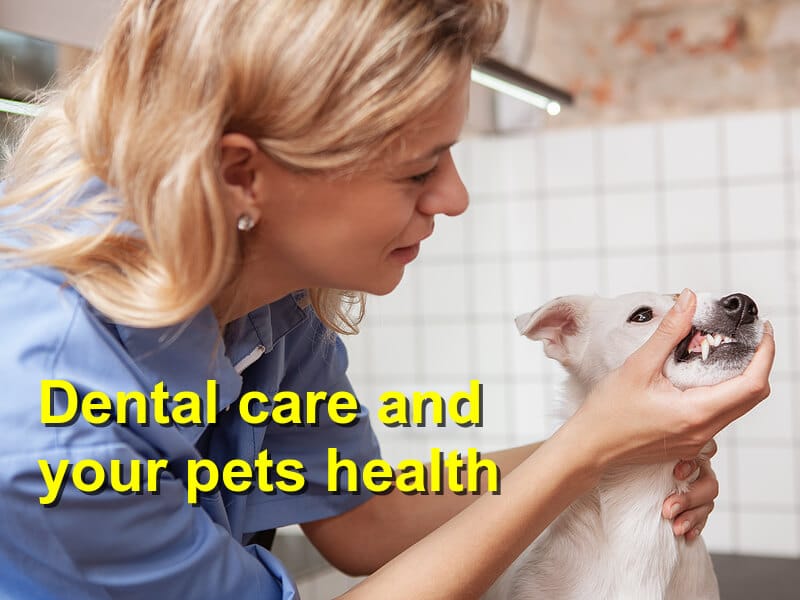How Pet’s Dental Care Determines its Overall Health
Meta description: Just like humans, pet dental health is also important . Learn the symptoms of dental disease and other informative tips.
Do you pay close attention to your pet’s dental hygiene? Unfortunately, most pet owners don’t take care of their pet’s dental health. And, this often causes health problems. That said, providing dental care for your pet can help prolong lifespan. Good dental hygiene is as important as nutrition, exercise and veterinary care.
Why pet dental care is important
Similar to humans, pets also suffer from periodontal disease that is caused when tartar, plaque and bacteria accumulate between the teeth. This disease is painful and uncomfortable for your pets if left untreated. If the disease spreads to the gums, they can loosen up and eventually fall out.
What’s worse, the bacteria can easily enter the pet’s bloodstream, damaging vital organs like the kidneys, lungs, and heart. Studies show that almost 60% of all pets today over three years suffer from dental or periodontal disease.
It’s important to treat this condition early enough to prevent permanent teeth damage. Remember that the disease can damage your pet’s organs, jawbone, and teeth. And sadly, many pets might be in pain but don’t exhibit any outwards symptoms, so most owners don’t realize that their furry friend is sick until it’s too late.
Common symptoms of dental disease
Dental disease usually develops gradually and goes undetected until you visit the vet to have your pet examined. However, there’s one symptom that is quite obvious even to the untrained eye. Bad breath is the main symptom to look out for. If your pet has a foul breath, it’s best to visit your vet immediately.
Here are other symptoms of dental disease you need to check for:
- Excessive drooling
- Loose or missing teeth
- Brown or discolored teeth
- Bleeding or dark red gums
- Bumps or sores in the mouth
- Lack of appetite
- Dental cleaning for cats and dogs
To clean the pet’s dental structure, the vet first has to examine the pet’s mouth. He will check for wounds or growths inside the mouth, and note any missing or loose teeth. More importantly, the vet can perform a dental x-ray to determine the condition of the roots and teeth under the gumline.
Any tartar or plaque is removed carefully under the gum. Thereafter, the veterinary will look for symptoms of gum disease. If there are crown or tooth fractures and other symptoms of infection like abscesses, the vet will provide the appropriate treatment.
Conclusion
Regular dental care for your pet is important for happiness and general well-being. So, if you suspect your pet has dental disease, visit the vet immediately.





